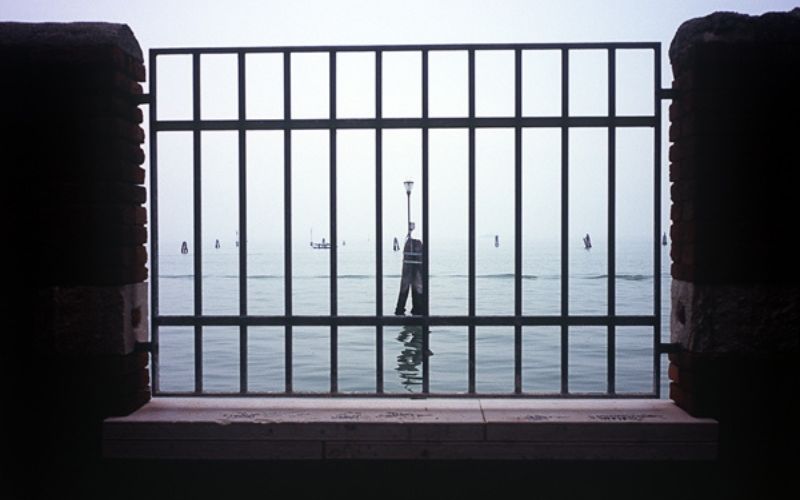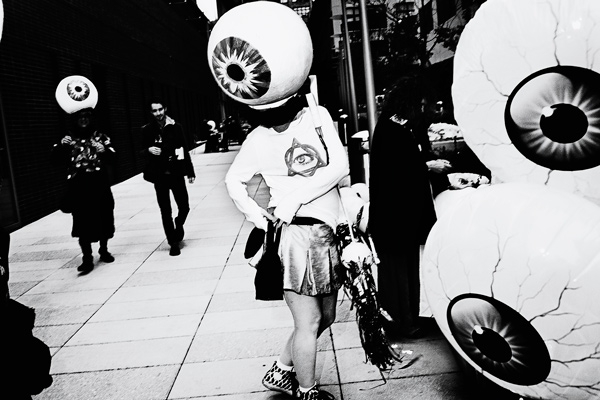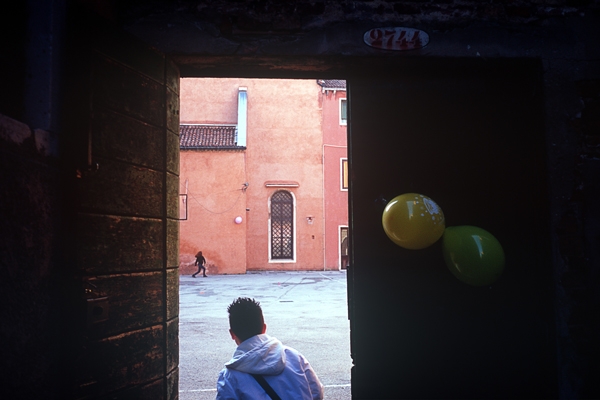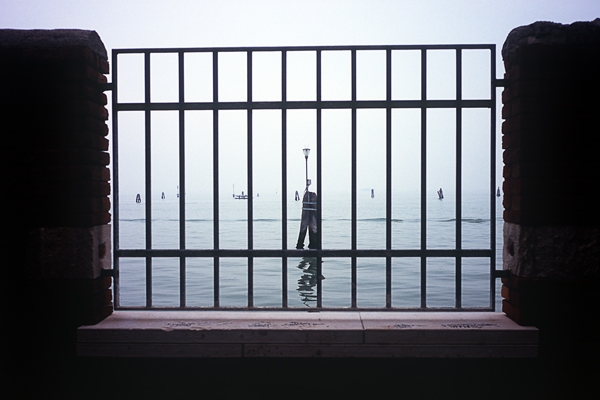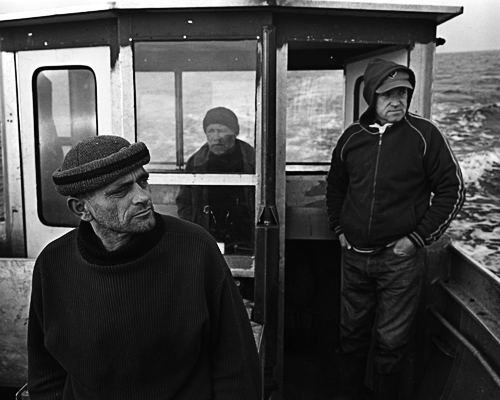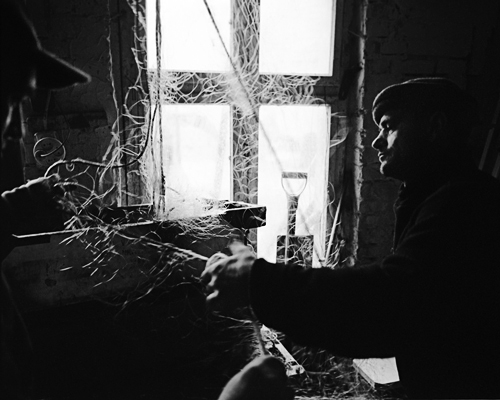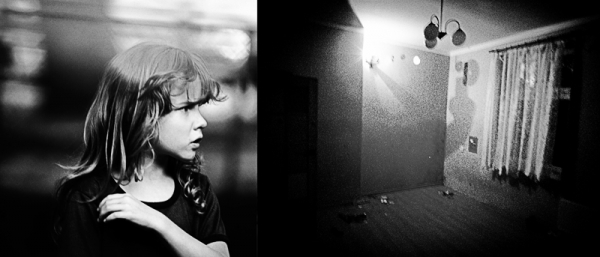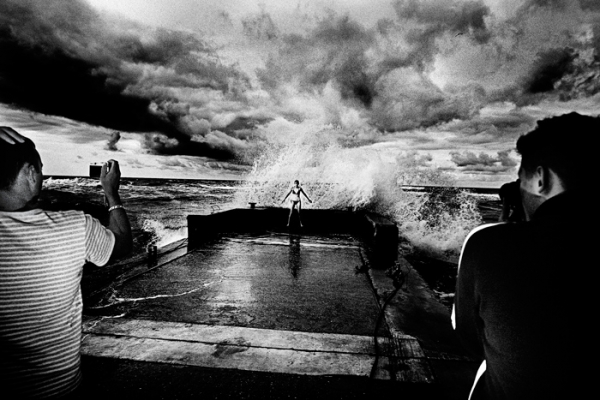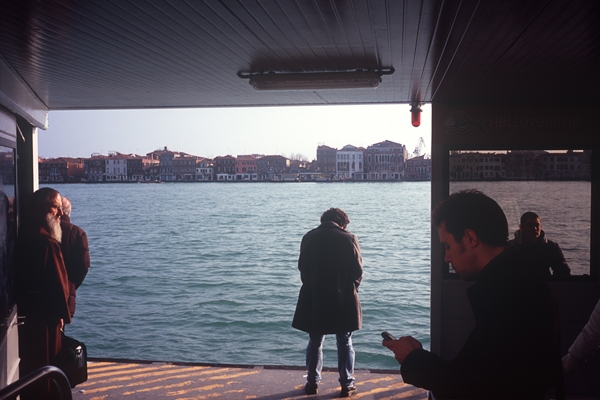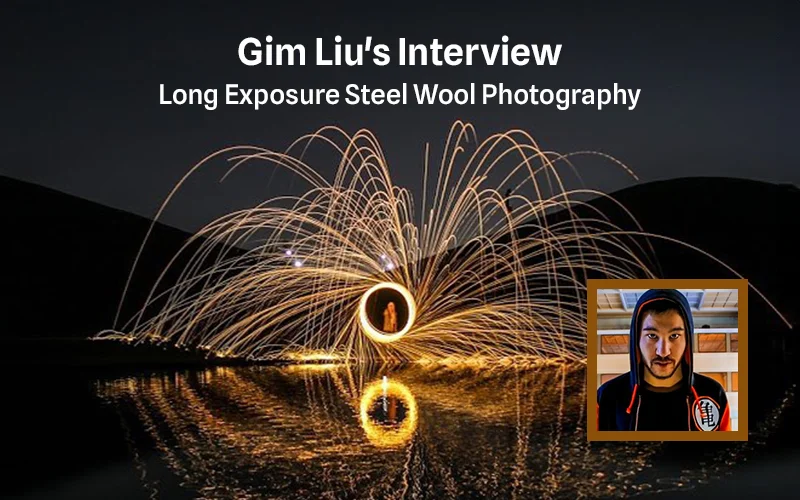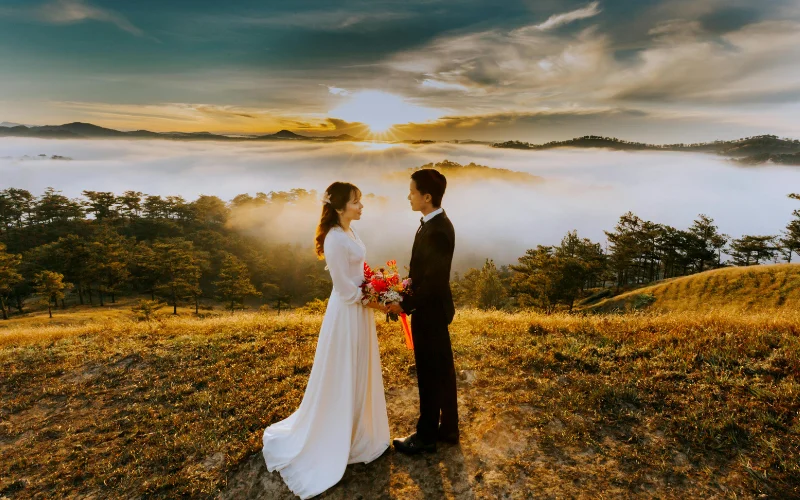Tomasz Lazar is a Polish street/documentarian photographer who believes in being in the moment — and who learned many of his techniques from film and its now disappearing darkroom. His award winning work has that film photographer’s sense of composition. There’s that frantic rush of trying to capture and absorb everything at once, and there’s that calm notice of detail. A notice of detail that seems particular to those who know each frame is costly and there’s only a finite amount of time left.
Although Tomasz Lazar only started photography in 2006, after a trip to Spain, his work has been noticed and exhibited by galleries around the world, including stays in New York, Paris, and Los Angeles.Tomasz Lazar has also worked with the New York Times as well as other international clients.
In the interview, Tomasz Lazar talks about his photographic influences, explains his artistic intent with several of his projects, and opens up about how Tomasz Lazar started shooting street photography.
Your work has been awarded frequently and exhibited around the world. How would you describe your work? How did you get your start? What drew you toward street/documentarian photography?
I’ve always liked to talk to people, listen to their stories. Photography also enabled me to capture their stories in pictures. But also I really like to search for unreal or surrealistic situations. As for my start, it happened during my IT studies. In 2006 I was a planning a trip with my girlfriend to Spain and I didn’t have a camera. So I got one from my parents. That’s how it started. After coming back from Spain I wanted to learn more about photography. I read books, watched photo albums, talked to people about it. I still remember my first album I bought. It was Jeanloup Sieff’s album. I felt that photography was what I loved and what I would like to do in the future.
I love the first two images in your Venice feature. Could you explain what went into making these photographs? Why did you decide on deemphasizing the beauty of an otherwise gorgeous city?
I really like Venice as a city. For me this city is very mysterious. That’s why I wanted to do work about the daily life that takes place there. Not on the main streets where you can mostly see tourists. I wanted to show a place where Venetians live and how it looks to them. Furthermore, despite the beauty of Venice as it is shown to the tourists, I know it also has a dark side.
In fact, many of your photographs share this need to deemphasize beauty. For instance, the 25th image in your Coastline set is wonderfully stoic. Why do you think your images shy away from idealistic representations?
The task of documentary photography is to show what we see and I think that nothing in the world is idealistic. It has good and bad sides, pros and cons. Life of the fishermen is very hard. There are some beautiful sceneries but mainly it is very hard, difficult and dangerous work. That’s why I think that I’m not deemphasizing beauty but there trying to show how hard the life of these people is.
When you were shooting for Coastline, what were you looking for? How did you know when you found a moment that needed to be photographed?
“Coastline” is a work showing two worlds which exist next to each other but are also very different. The Polish beach on the Baltic See is for many a place to rest, spend holidays, vacations, sometimes to take pleasure of communing with the nature. For others, like the fishing families, it is very hard work. On the beach I was looking for funny, weird moments — like how the tourists spend their time and also how the beach looks during this time. For the fishing families I just wanted to share moments of their work that showed how different it is from the beach life. The moments when they work is very hard yet they can still find small moments to rest during their job.
Orphanage is a very powerful project. Why did you decide on splitting the frame between child and building? Where these splices of building supposed to represent what the child feared?
Orphanage is my first project. All the portraits of children were made in 2006. After 2008 they started to close this orphanage so I decided to continue my work by making images of the interior of the orphanage. I combined them because the building and interiors shows the place in which children grow up, and impact it could have on them.
Theater of Life features many intentionally bizarre juxtapositions. One of my favorites is the 8th image. Your use of motion blur highlights her powerful stare. Could you explain your approach to making photographs for this set?
“Theatre of life” is an essay that is a combination of my experiences and thoughts about what surrounds me. I try to set the mood that life is done on a stage. This look is achieved through the use of light, composition, capturing the appropriate emotions and situations that are happening. Quivering or blur gives a kind of tension. This black-and-white style in which they are made gives the images a dark and mysterious perception. Natural light mixed with a flashlight. An example of a person who has inspired me to use light and composition, so as to build extraordinary tension and also to support perception, is the director David Lynch. I should also mention the following photographers: Weegee, Diane Arbus, Bruce Gilden, Trent Parke, Philip-Lorca diCorcia. And the beautiful light as used by Bruce Davidson in his work ”Subway.”
This approach gives me the opportunity to have an even greater impact on the viewer, introduce them to the world that I want to show. It helps me build a sort of electricity when presenting them with the “Theater of Life” — and it leaves the viewer in a kind of tension after seeing it. However, the composition, the light, and treatment of black and white is for me nothing more than the technical tools, which, if used appropriately, gives the desired effect. Out on the streets I try not to think about the technique because it blocks the mind. I try to experience the senses of what is happening all the way around me, and record what I consider the most important.
Your post-processing of the 2nd photo in Theater of Life really helps emphasize the imposing tone of the image. Could you give us a quick breakdown of how you edit your photos? What are your general guidelines?
Everything that I’m doing with my images I’ve learned in the darkroom. How to work with the negative and how to prepare a good print. The best rule is to capture very good images and have an idea what do you want to do with it. Because editing a photo won’t help you when the image is bad. So the best guideline is to think, What do I want to achieve and then work from there.
What would you consider the best advice you ever got about making street/documentarian photos?
To try different forms in the photographs. Be open like a humanist. Not discouraged when we have problem with something. Just keep trying harder. Watch not only photography, but also painting, art. But most important thing is to take pleasure from what you are doing.
Be sure to check out all the work of Tomasz Lazar on his website and blog!
